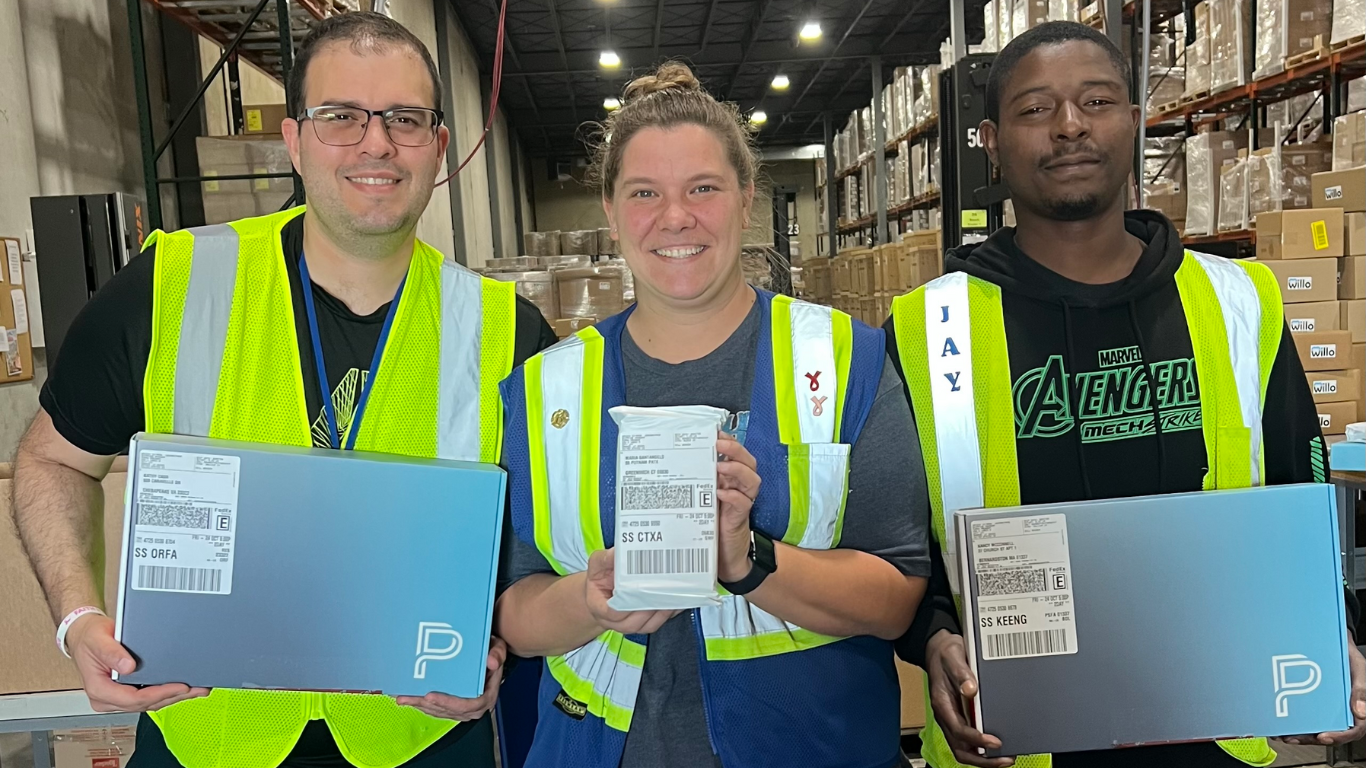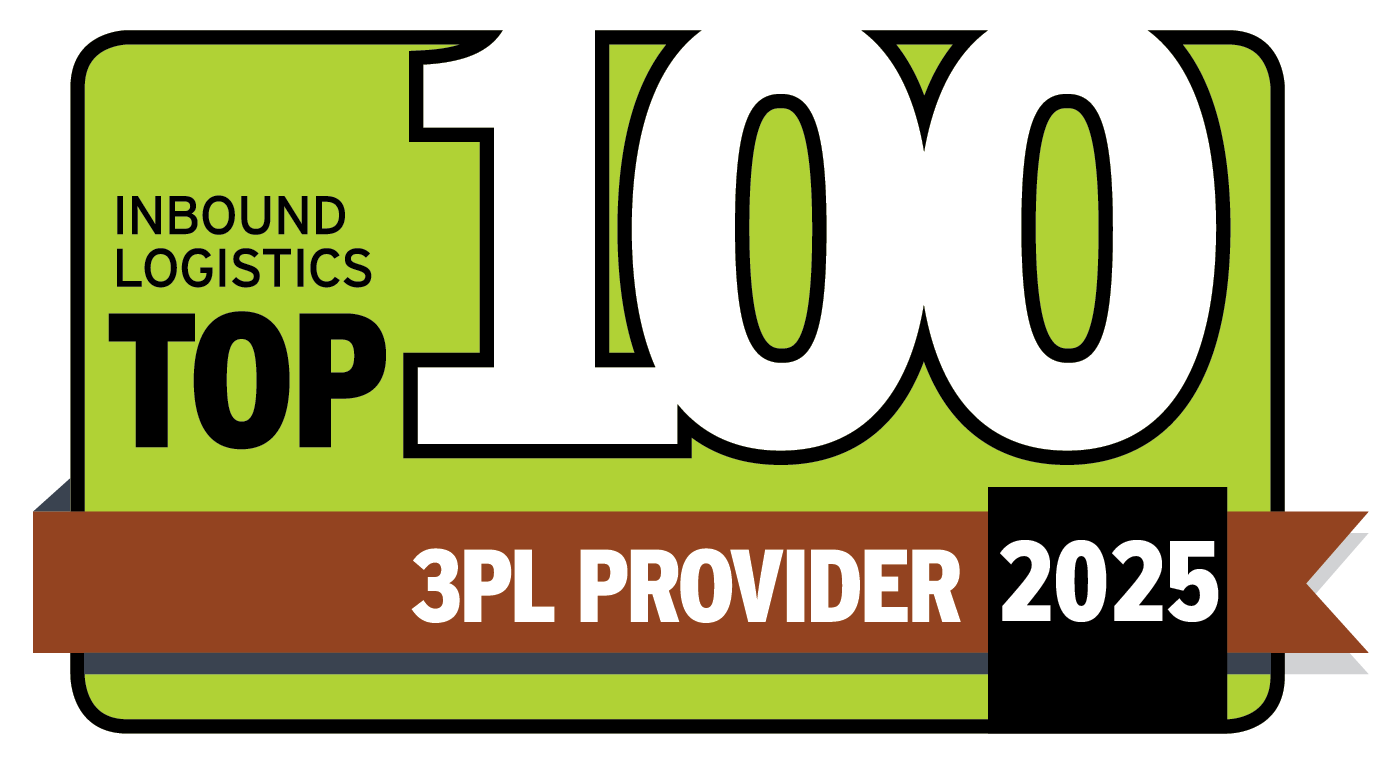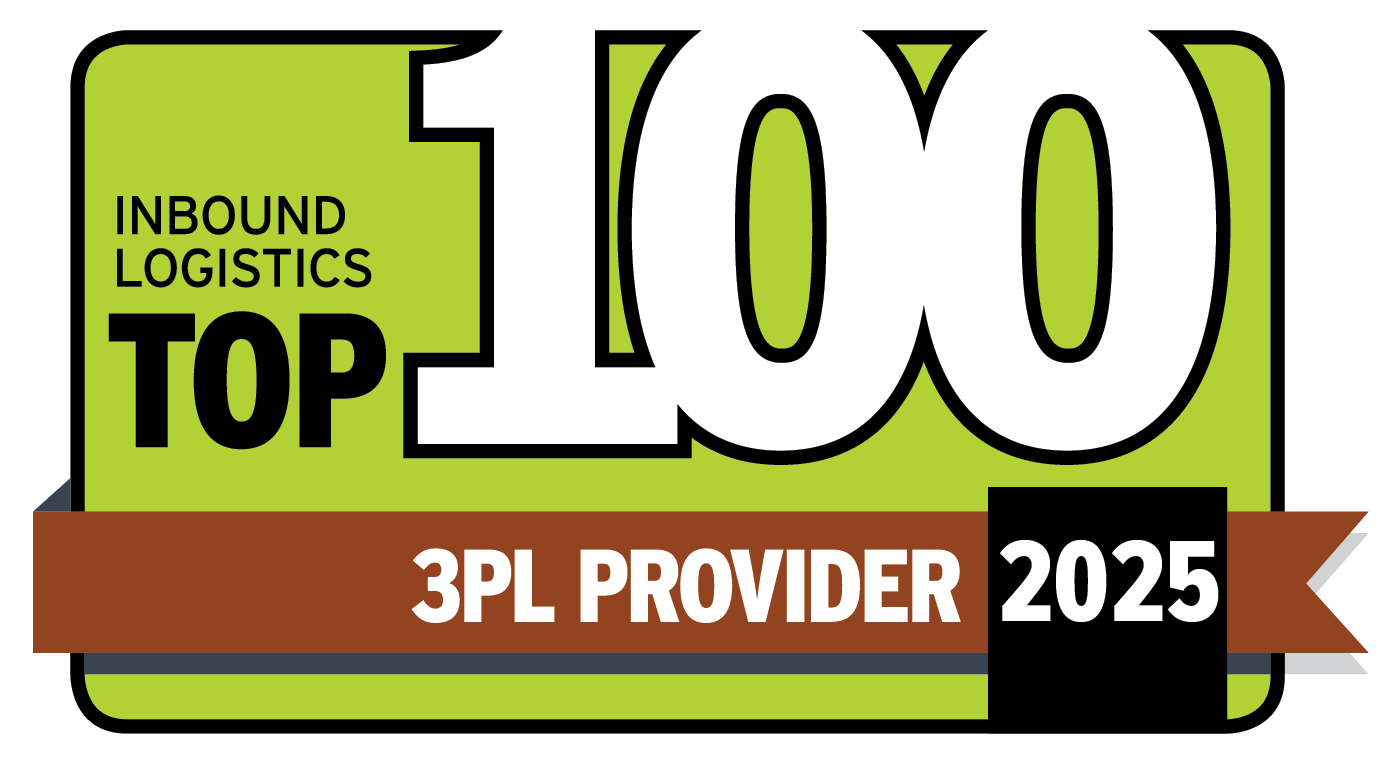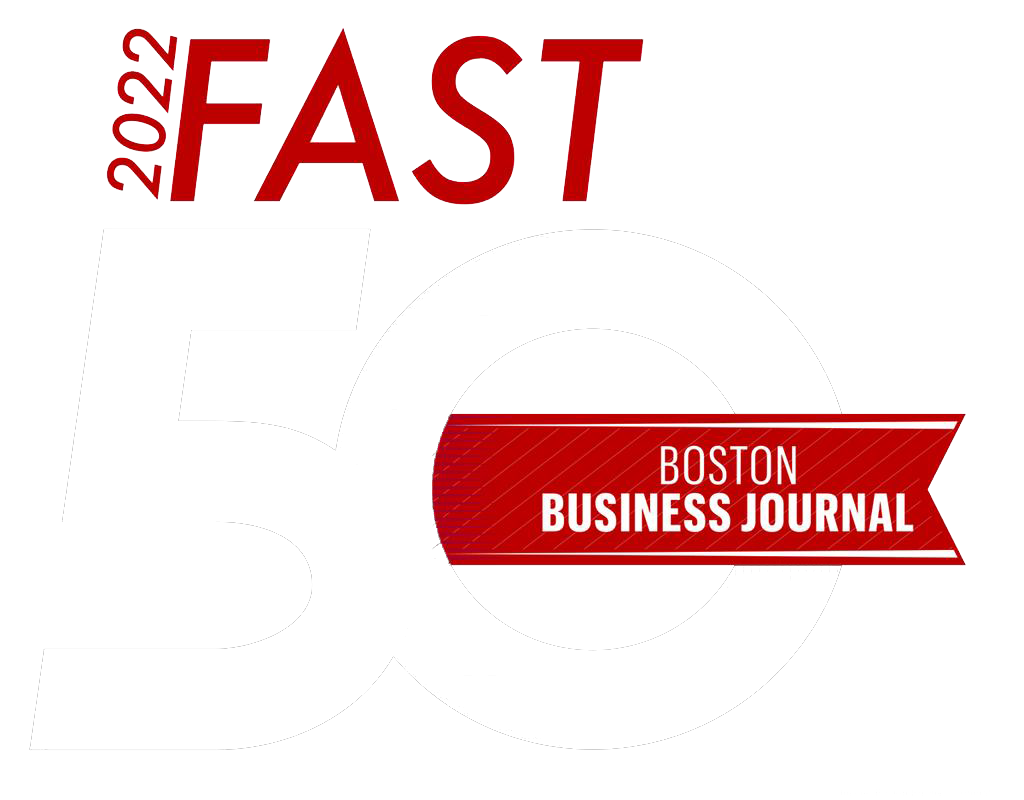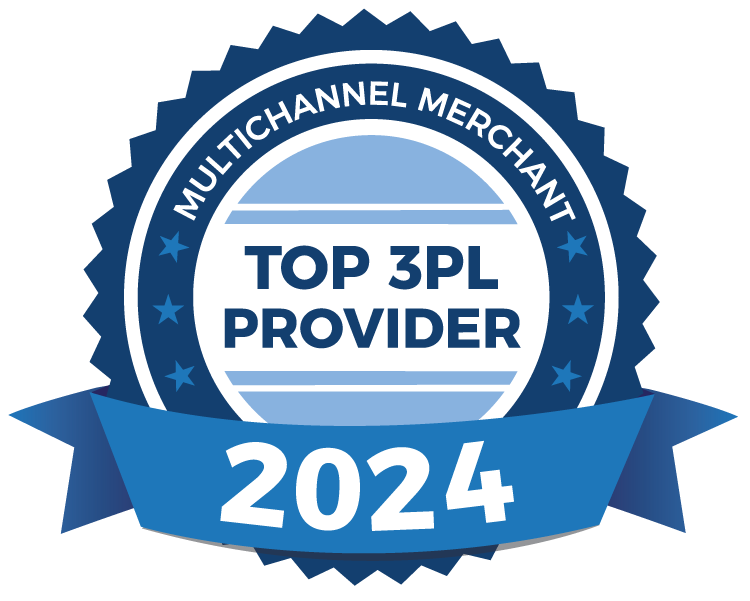Service Providers Must Step Up to Facilitate & Scale Omnichannel Retailers
91¶¶Òõ Distribution Centers COO, Tim 91¶¶Òõ, provides 3PL perspective to concept presented in Dec. 2011 Harvard Business Review (HBR), “The Future of Shopping.”
A decade after the dot-com implosion, e-commerce is living up to its initial hype. For consumer goods manufacturers and retailers, morphing traditional brick and mortar and e-commerce retailing has become imperative to the success of their brands and companies.
World class third party logistics providers (3PLs) should be investing now in systems, processes and team training to provide the integrated solution these companies will need to fully leverage the advantages of selling in both channels. To succeed, this process must be seamless to the end consumer, the manufacturer, and the retailer.
We are early in the curve of e-commerce growth. Forrester Research estimates that e-commerce in theUnited Statesalone is nearly $200 billion, or 9% of retail sales. Five years ago, this number was 5%. E-commerce is likely to reach 15-20% of total sales within the next few years. And the business model is now highly profitable, unlike during the dot-com bubble of the late 1990’s: Amazon’s five year return on investment is 17%, whereas traditional discount and department stores average 6%.
Soon it will be hard to even define ‘e-commerce’ and harder still, to clearly delineate e-commerce sales and returns from brick and mortar sales and return activity in our facilities. Retailers and customers will be interacting simultaneously through multiple channels – websites, physical stores, kiosks, direct mail catalogs, call centers, and mobile devices. According to Darrell Rigby of Bain & Co in a recent Harvard Business Review article, unless conventional retailers adapt to these changes, integrating disparate channels into a seamless experience, they are not likely to succeed. Rigby coined the term, ‘Omnichannel retailing’ for this new retail environment.
Integrating the logistics backbone for these Omnichannel retailers requires collaboration and detailed planning. A critical first step is to provide the technology to manage one inventory for the entire enterprise. For example, the manufacturer or retailer may want to allocate certain SKUs or volumes of inventory for each segment of the business. In order to successfully support this strategy, the third party logistics provider must be able to dynamically manage these various inventory segments behind the scenes for the customer. Inventory will need to move seamlessly “on the fly” between segments in order to optimize the sell-through for the 3PL’s customers.
High levels of integration are required between segments to optimize sales. The systems of the third party logistics provider must communicate inventory levels real time to the customer’s websites and enterprise resource planning (ERP) systems. Sophisticated 3PLs are also able to manage fill rate rules, back orders, and replenishment functions on behalf of the client. These systems will optimize order fill rates and ultimately sales volume.
Successful 3PLs are also an asset to an integrated returns and reverse logistics operation. Cross-channel returns must be seamless to the client and the end consumer. Warehouse Management System (WMS) returns modules need to be adept at not only accounting for the return, but communicating in a timely manner to the client so that the end consumer is satisfied with a refund or replacement item the same day the return is received. After accounting for the return, inspecting and dispositioning the item, and satisfying the end consumer, theReturnsCenter should be accumulating returns data and reason codes, and converting this information into actionable reporting for the manufacturer or retailer. From these reports, market-driven companies can spot patterns, and make changes to ultimately improve the front end sales experience for their customers, improving satisfaction levels for the consumer with the first purchase and improving customer brand loyalty and reducing returns. For the manufacturer, this type of actionable knowledge can lead to improvements in product quality, or simply better information on the product that is provided to the consumer in their purchase process. Both improved product quality and consumer expectations will lead to higher brand loyalty and lower returns over time.
Taken together, these strategies will lead to increased sales and lower costs for our customers – really the ultimate goal of a world class logistics provider, and trusted partner to the innovating retail segment.
Recent Blog Posts

